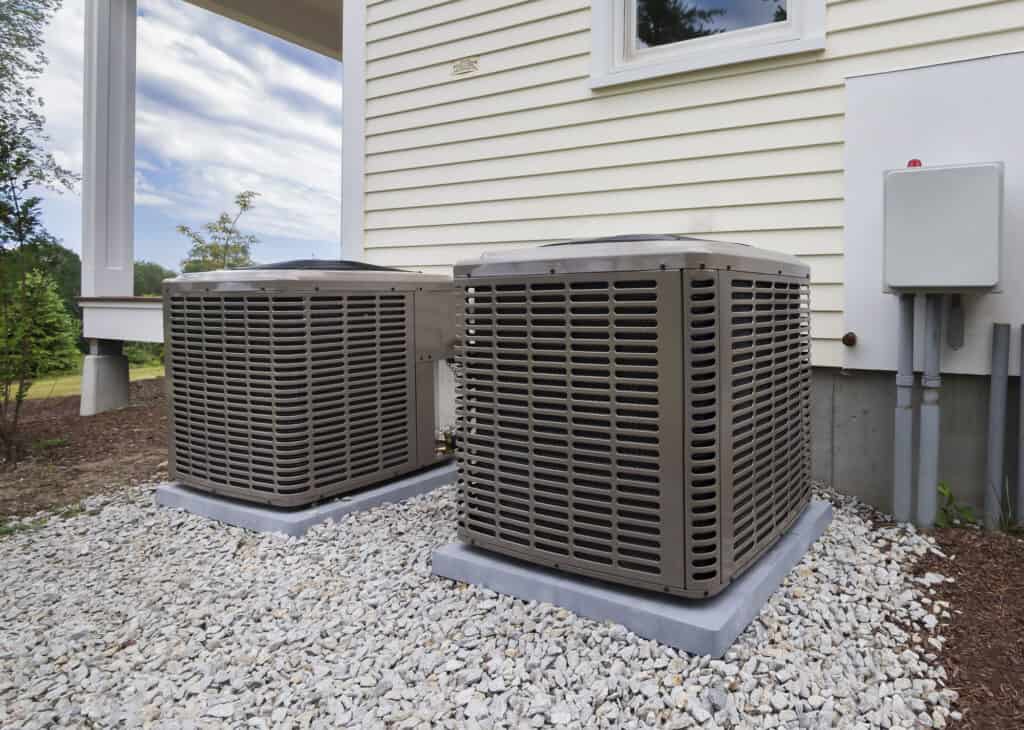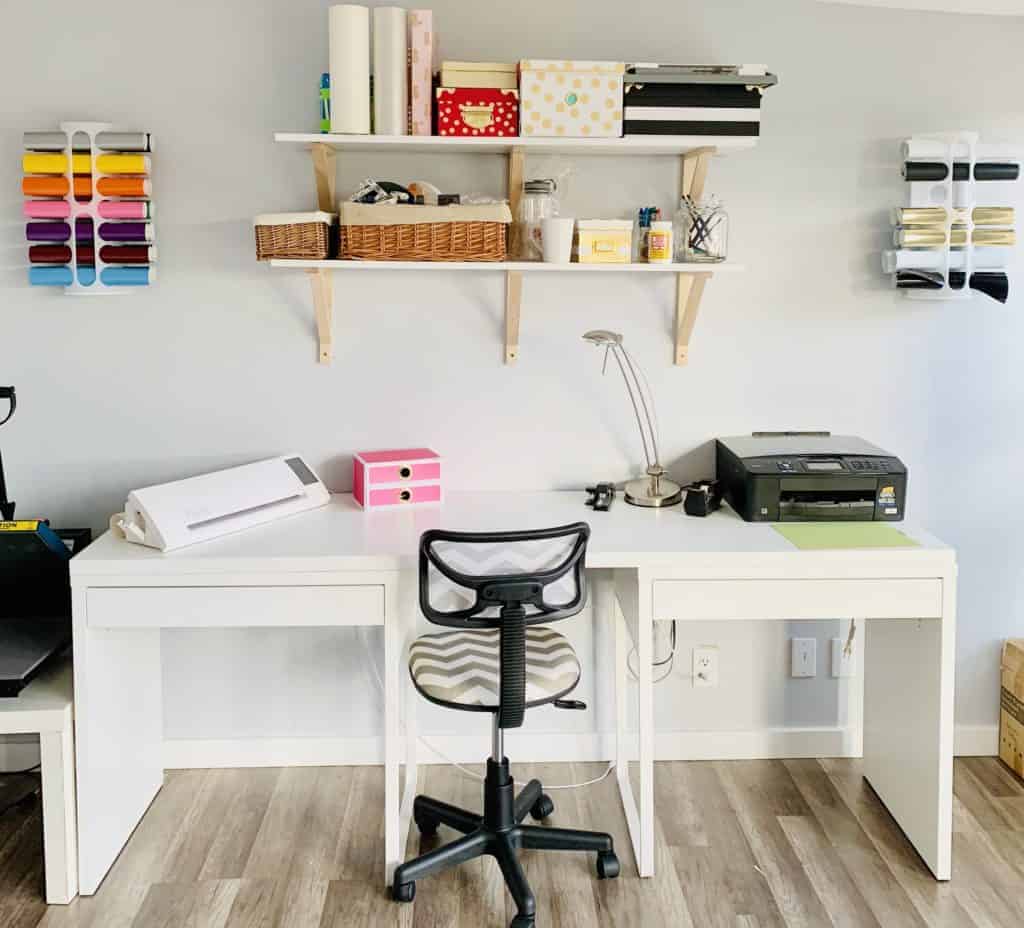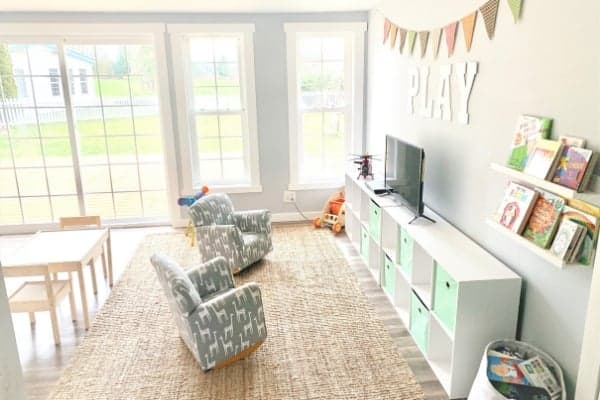Your heating and cooling systems are vital for maintaining comfort in your home throughout all seasons. Regardless of the weather outside, these systems put forth endless effort to keep your inside space comfortable. However, heating and cooling systems have a limited lifespan like any other complex machinery. Identifying the right time to replace them is crucial to avoid unexpected breakdowns and escalating costs. With the rising availability of professional HVAC services, homeowners can now access expert advice and seamless upgrades to enhance their home’s overall efficiency and comfort.
This comprehensive guide walks you through critical signs indicating that your heating or cooling system may be nearing the end of its useful life. Proactively recognizing these signals helps maintain a comfortable home environment, saves money, and supports broader environmental sustainability efforts. Understanding these signs can guide you to make informed and timely decisions, whether you notice subtle changes in your system’s performance or face more overt issues.
Age of Your System
The age of your HVAC system is a straightforward indicator of its potential performance and efficiency. Most systems are designed with a lifespan of 10 to 15 years in mind. Over time, even the best-maintained units experience wear and tear, leading to decreased efficiency and increased vulnerability to breakdowns. Due to advances in the field, aging HVAC systems cannot compete with newer models regarding energy efficiency, tech integration, or environmental standards.
Older systems must work harder to achieve the same results as components degrade, often leading to higher energy consumption and increased operating costs. This deterioration affects not only the system’s operational capacity but also its impact on the environment through increased emissions. If your system is approaching or surpassing the 15-year mark, consider upgrading before it begins experiencing more frequent issues or fails. New systems come equipped with the latest technologies in energy efficiency and can offer significant savings on energy bills while reducing your home’s carbon footprint.
Consider Upgrading
Upgrading your HVAC system provides enhanced efficiency, improved indoor air quality, and advanced features like programmable thermostats. These smart technologies allow precise control over your home’s climate, accounting for your family’s unique comfort needs and schedules. Consider the broader benefits of maintaining a modern, efficient system. Embracing a new system is a maintenance upgrade and investment in comfort, health, and sustainability.
Rising Energy Bills
One of the most obvious indicators that an HVAC system needs to be replaced is rising energy costs. While some fluctuation in utility costs can be expected with significant weather changes, a steady or sharp increase in energy usage without a corresponding increase in rates or changes in user behavior could be a red flag. This situation often implies that the system is working harder and consuming more energy to deliver the same comfort level, indicating a loss in efficiency.
A detailed comparison of current energy bills against those from previous years may reveal a pattern of increasing costs. This pattern is particularly concerning if your energy provider hasn’t changed their rate structure. Increased energy consumption increases costs and contributes significantly to environmental pollution due to burning fossil fuels.
Frequent Repairs Needed
Regular maintenance is essential to ensure any HVAC system operates at peak performance. However, maintenance becomes a more significant concern if it turns into frequent repairs. Persistent breakdowns and the associated repairs can become costly and may indicate that the system is in decline. Each repair visit is inconvenient and highlights the inefficiencies and vulnerabilities of an aging unit.
Constant repairs signal that investing in a new system might be more economical than continuing to patch up an outdated one. Beyond cost savings on repairs, a new system would offer reliability, improved energy efficiency, and peace of mind knowing that your home’s climate control is dependable. Modern HVAC systems benefit from years of technological advances that minimize the risk of breakdowns while maximizing energy efficiency.
Inconsistent Temperatures
Inconsistent temperature regulation is a frustrating issue that often indicates a failing HVAC system. If certain rooms in your home are consistently too hot or cold, or if you frequently adjust the thermostat to achieve comfort, it may be time to evaluate your system. Such inconsistencies can arise from several factors, including poor system performance, duct issues, or inadequacies in regulating air distribution evenly across your home.
Modern systems often feature advanced technology solutions that reduce these issues, such as zoned heating and cooling. These systems offer enhanced comfort throughout the home by accurately directing air based on specific room requirements and preferences. Upgrading to a system with smart zoning capabilities can ensure that every part of your home maintains a consistent and comfortable temperature, regardless of season.
Unusual Noises or Smells
When your HVAC system emits strange noises or unpleasant odors, it can be concerning and disruptive. Buzzing, clanking, or grinding sounds are often symptomatic of mechanical issues, such as worn bearings or a failing motor. Musty or burning smells, meanwhile, might indicate mold growth, an electrical issue, or wiring faults within the system or ductwork.
While some noises or smells might be attributable to minor, easily fixable issues, persistent problems can indicate a more substantial failure on the horizon. Replacing the system is often a safer, more cost-effective solution. This approach avoids potential health risks from mold or carbon monoxide leaks, ensuring your family’s safety and health.
Poor Air Quality
The HVAC system in your home plays a critical role in maintaining indoor air quality. If you notice an uptick in dust, humidity, or allergy triggers like pollen and pet dander, your system might not filter and circulate air effectively. This inefficiency not only impacts comfort but can also affect respiratory health, particularly for those with allergies or asthma.
Upgrading to a new system can help alleviate these concerns, thanks to advanced filtration technologies available in modern units. Enhanced air filtration, humidity control, and ventilation options can significantly improve indoor air quality, crucial in maintaining a healthy home environment. A modern system can effectively remove contaminants, regulate humidity levels, and ensure a consistent flow of clean, fresh air.
Technological Advancements
Over the last decade, HVAC technology has evolved rapidly. Older systems cannot match the latest models’ energy efficiency, control, and convenience. Today’s HVAC systems feature smart technology, offering capabilities such as integrating home automation systems and smartphone control. These innovations allow homeowners to tailor home climate controls to specific lifestyle needs.
Smart thermostats, for example, can learn your heating and cooling patterns and adjust settings automatically to maximize comfort while minimizing energy use. Zoned systems allow for targeted heating and cooling, ensuring rooms are only conditioned when needed. You can achieve greater comfort and efficiency by tapping into the latest technology.
Environmental Impact
Enhancing the sustainability of your home is a growing priority for many homeowners. Older HVAC systems, which rely on outdated refrigerants and inefficient energy use, contribute significantly to environmental degradation. The phase-out of older refrigerants like R-22, which contribute to ozone layer depletion, is a push toward more eco-friendly options.
On the other hand, modern systems use environmentally friendly refrigerants like R-410A and incorporate high-efficiency compressors and heat exchangers. This shift reduces your home’s environmental footprint and supports a broader societal move towards incorporating green practices in daily life. Choosing to upgrade your HVAC system can be part of a larger personal mission to live more sustainably and reduce overall household emissions.
Increasing Humidity Levels
High indoor humidity can create uncomfortable living conditions and encourage the growth of mold and mildew. If your home feels excessively humid or damp, even with your HVAC system running, this may indicate an inefficiency in your system’s ability to regulate humidity levels properly.
Modern HVAC systems often have advanced humidity control features that dehumidify the air as it cools, maintaining optimal indoor moisture levels. These features protect your home’s structural integrity and safeguard against health issues associated with excessive humidity. Upgrading to an integrated humidity control system can significantly enhance indoor comfort and prevent mold-related problems.
Conclusion
Maintaining efficiency and comfort in your house requires knowing the warning signals that your heating or cooling system needs to be replaced. Although it might seem overwhelming at first, updating an HVAC system is a wise investment that will pay off in the form of increased indoor air quality, reduced electricity bills, and increased energy efficiency. Utilizing professional HVAC services can ensure a smooth transition by providing expert guidance and installation.
You may make an informed choice that supports sustainability objectives and fits your family’s needs by taking into account factors including system age, energy costs, repair frequency, and contemporary technical breakthroughs. Investing in a new HVAC system today allows for a more comfortable, cost-effective, and environmentally conscious future.





